Do It Yourself
Art of Concealment | How To Make A Camouflage Suit
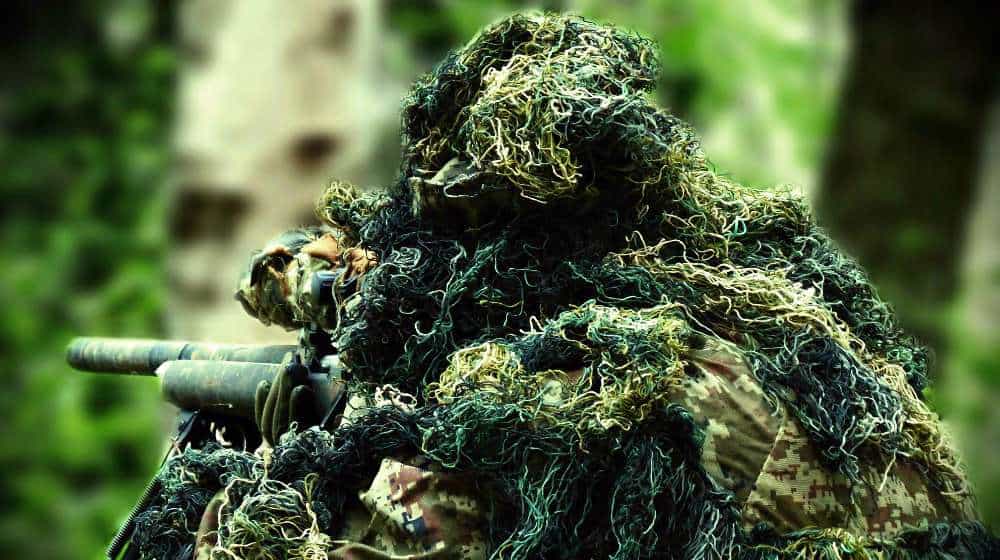
A perfect camouflage suit will let you seamlessly blend with your surroundings. Even though you can buy camo clothing and ghillie suits from supply stores, making your own will save you money and allow you to customize it. The primary role of ghillie suits is to disguise you and keep you hidden in plain sight. Hardcore hunters, snipers, undercover surveillants, and airsoft enthusiasts use camouflage to make them invisible to their targets and allow them to move freely without difficulty. Also, wearing camouflage colors plays a major role in escaping dangerous and life-threatening situations. With all this in mind, if you want your own ghillie suit, put those hands to work and follow these steps to make a camo suit!
Camouflage: This Ghillie Suit Will Keep You Hidden
What You’ll Need:
- Burlap (big enough to wrap your whole body)
- Camouflage jacket and pants/coverall
- Camouflage hat
- Fabric Dyes (color should match your surroundings)
- Netting (volleyball net or a fishing net)
- Shoe glue
Step 1: Add the Netting
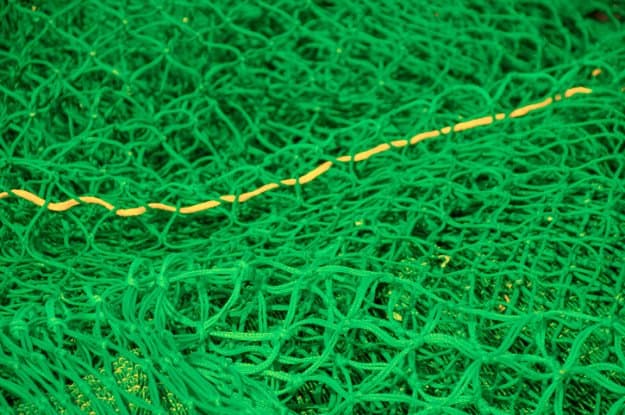
Lay the camouflage jacket, pants or coverall, and hat onto the netting. Once the suit is covered by the netting, attach the netting using the shoe glue and let it dry. Go to different spots and pull up the netting. If it goes further than two inches up, you have to add more shoe glue in there. Make sure the netting will stick well to your suit, especially on the edges. Further, make sure you still have access to the pockets you need to use. After, cut off the excess netting.
Step 2: Separate the Strands
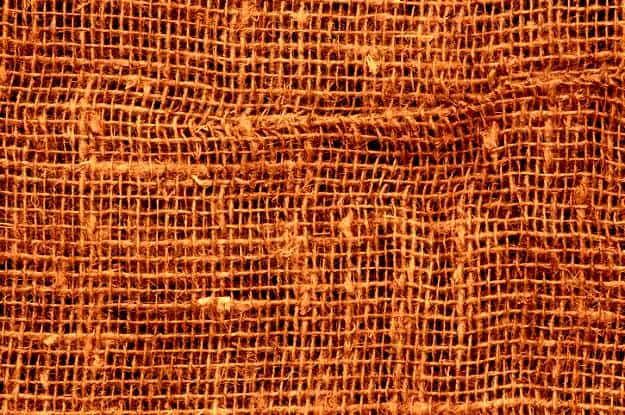
Preparing the burlap or jute fibers is the most time-consuming part of making a ghillie suit. Cut strips of burlap, then separate the strings one by one. Longer strands will go on the sleeves, while the shorter ones will overlap down the back.
Step 3: Dye the Burlap

After you have several mountains of jute, the next step is soaking it in fabric dye. Remember the color of the dye should match the environment you’ll work in. A combination of tan, dark and light green and brown will usually match well. Get a tub, fill it with water, and put in the fabric dye. Put the jute in the tub and soak it. Once the jute absorbs the dye, take it out of the tub and let it dry.
Step 4: Tie the Burlap
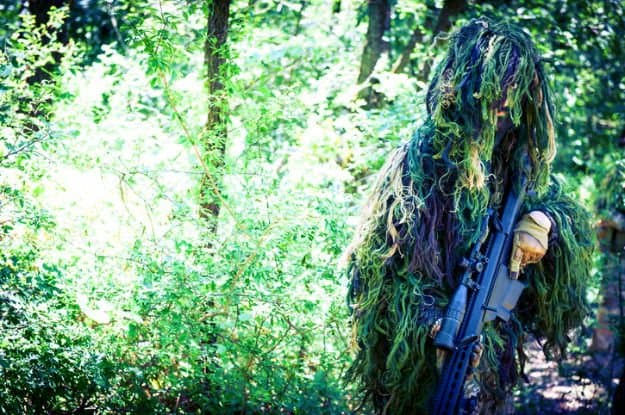
Now, it’s time to tie the strands of the burlap into the netting. Take about ten to fifteen strands, then fold them in half and push the loop under each square of the netting. Draw the hanging ends of the strands through the loops and pull them tight. Start from the bottom and work your way upwards. Make sure all the colors are spread out.
No products found.
When all the jute are tied to the netting, your suit is done! Go out into the woods and test your new ghillie suit. By doing this, you will also figure out if there are changes and improvements you need to make.
Points to Remember
Without shelter, you won’t last long in the wild. Conquering the Cornerstones: Shelter – the 1st Pillar of Survival https://t.co/NKJgwqfN9L
— Survival Life (@SurvivalLF) October 4, 2017
Here are some points to remember when making an ideal ghillie suit.
- If you cover too much of the front part of your suit, it will make crawling difficult.
- More burlap means a heavier and hotter suit, but you also get more camouflage.
- For you to blend in more with your surroundings, incorporate natural vegetation into your suit. A good ghillie suit has 65% natural vegetation and 35% burlap or jute.
- Exposing your suit to water, dirt, and sunlight for long periods will make the individual fibers less noticeable, and your suit will become more camouflaged.
- Use gloves, face paint, and boots with environmental colors for better concealment.
Looking for more camouflage suits? Watch this video from Ezvid Wiki and find out the best ghillie suits you can get on the market!
Wearing a camouflage suit will help you blend in with your surroundings. This will help you move freely without your target knowing you’re there, which is crucial in escaping a dangerous situation. Remember, the suit needs to be light and allow the air to circulate. Also, it should be made with quality materials to make sure it won’t fall apart when you’re in the field. You can add foliage such as twigs or leaves to enhance your suit, so you can blend in better with your surroundings.
- Bulk roll camo netting, blind camouflage netting, light weight, and waterproof.
- Camo coloring design, allowing excellent viewing of the surrounding terrain while providing maximum...
- Our camo netting is made of Oxford Polyester 150D, can easily be cutted and joined with cable ties...
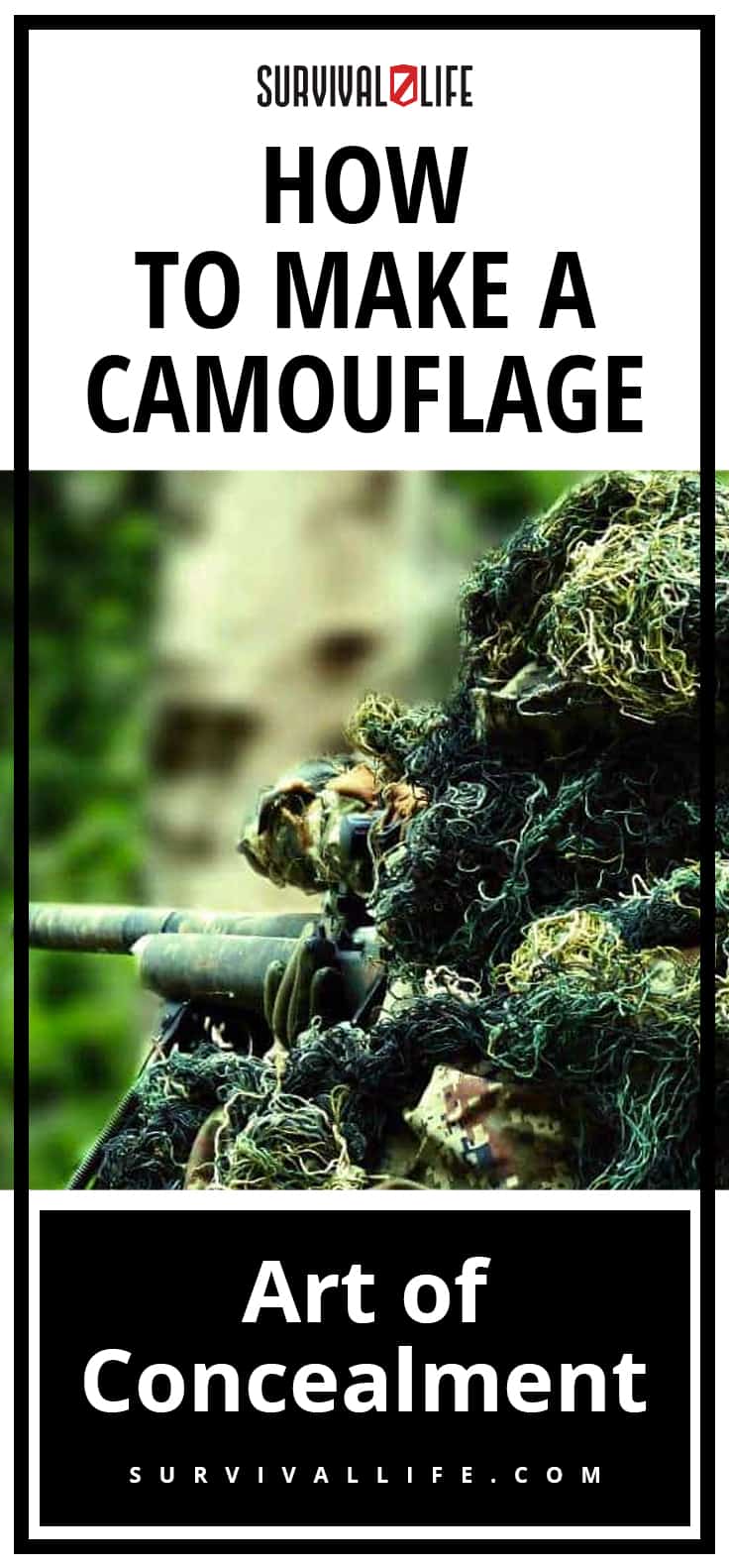
Have you tried making your own camouflage suit? How is it working for you? Share your experiences with us in the comments section below!
UP NEXT: 5 Ways To Maximize Camouflage Concealment
Follow us on Facebook, Instagram, Twitter, Tumblr, and Pinterest!
**Disclaimer: All content on this site is for informational purposes only. Please read our full disclaimer here**
Editor’s Note – This post was originally published in October 2017 and has been updated for quality and relevancy.
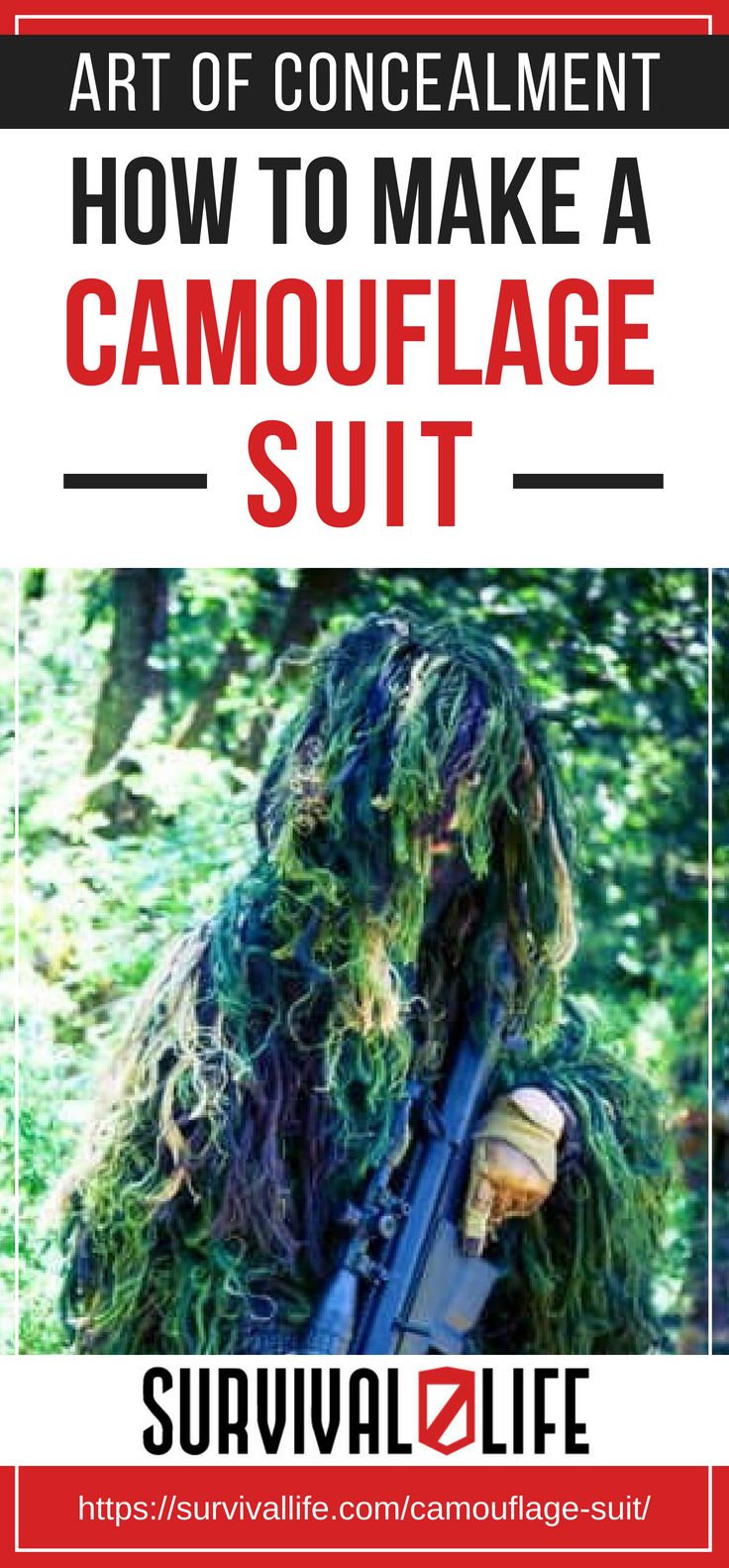
Last update on 2024-04-26 / Affiliate links / Images from Amazon Product Advertising API
-

 Do It Yourself7 months ago
Do It Yourself7 months agoParacord Projects | 36 Cool Paracord Ideas For Your Paracord Survival Projects
-

 Do It Yourself9 months ago
Do It Yourself9 months agoHow To Make Paracord Survival Bracelets | DIY Survival Prepping
-

 Do It Yourself9 months ago
Do It Yourself9 months ago21 Home Remedies For Toothache Pain Relief
-

 Do It Yourself10 months ago
Do It Yourself10 months agoSurvival DIY: How To Melt Aluminum Cans For Casting
-

 Exports8 months ago
Exports8 months agoAre Switchblades Legal? Knife Laws By State


Sam Williams
November 7, 2017 at 1:18 PM
Wouldn’t getting it a size or two larger give room for layers or ventilation? Or water resistant inner layer? Why not buy jute twine cut random lengths of it instead of making your own? Don’t forget to match the soil coloring with some fibers, I live in red dirt country!
emmer
November 7, 2017 at 2:37 PM
surprisingly, it is cheaper to buy burlap and unravel it than to buy jute cord. fabric stores, such as the ubiquitous joann’s, carry if in a few colors, so you might reduce the amount of dying you need to do.also, if you are at all handy with a sewing machine, you might not need to do all the gluing.
Bob Clippinger
November 7, 2017 at 3:11 PM
As a former (retired 25 yrs) Deputy Sheriff (SRT Counter sniper), Back then we made our own `Gillie’s`. We kept in mind “K.I.S.S.”…`Keep it Sweet & Simple`
1. Using burlap strands of various lengths ; Dye them in several colors. The only colors you have to keep in mind are….from 4 feet above ground, down. As you are not standing up-right , strolling through the grass’s or woods (if yer smart) !
2. We used a 3-piece suit ; Wide-brim boonie hat, & your choice of BDU’S or Jump-suit. And, don’t forget the gloves of your choice. (cotton is preferred with some silicone dots ,placed on the palms)
3. On the face (front) of Jacket & trouser’s (pants for you civilians), We used a sheet of vinyl (like in a boat cover type). It makes & made it easier to slither across the ground & is wet proof :>). This is sewn onto the BDU’S. Myself in this case, I used a thinly type `jump suit`. Remember…To get a size bigger than you would actually wear. M=L, L=1XL, 1XL= 2 to 3 XL & so forth.
4. By using a size or two larger. You have allowed for a `Camel-Back`, with a Mylar cover & layered clothing if needed. And, maby a small Hip or butt-pack. (first aid , MRE, Ammo, dry socks, etc. Also, a `full leg(s), zipper is helpful` on the insides of the legs`.
5. Boots of yer choice. Don’t use some nice new shinny ones either. I used 16″ high, waterproof snake proof boots.
(Always beware of yer environment) and be dry as POSSIBLE ! If yer not comfortable…yer not effective !
6. On the Vinyl cover, on the front, be sure to leave a 3” over lap to cover the zipper or buttons. Like the fly on yer jeans ;>). And `fish net is the preference to be tacked / stapled or sewn onto the back-side of your BDU’S or Coveralls. `DO NOT` attach ANY camouflaging, to the under-arms or the Belly-side down (face), of yer BDU”S or Jump-suite. Unless yer sneaking up on a `ground mole.
Pingback: Art of Concealment | How To Make A Camouflage Suit
Pingback: Art of Concealment | How To Make A Camouflage Suit - Survive!
Pingback: Can You Make Your Own Camouflage Suit? – Survival Institute
Pingback: Top Squirrel Hunting Tips And Tricks For Beginners | Survival Life
Pingback: Top Squirrel Hunting Tips And Tricks For Beginners | Primitive technology
Pingback: Top Squirrel Hunting Tips And Tricks For Beginners - Survive!
Pingback: Top Squirrel Hunting Tips And Tricks For Beginners – Ultimate Survival Alerts
Pingback: How To Make A Ghillie Suit From Scratch | Primitive technology
Pingback: How To Make A Ghillie Suit From Scratch – Ultimate Survival Alerts
Pingback: How To Make A Ghillie Suit From Scratch - Survival Patch
Pingback: How To Make A Ghillie Suit From Scratch – The Self-Sufficient Life
Pingback: How To Make A Ghillie Suit From Scratch - Cooking in Quarantine
Pingback: How To Make A Ghillie Suit From Scratch - survival updates
Pingback: How To Make A Ghillie Suit From Scratch – surviveurself
Pingback: How To Make A Ghillie Suit From Scratch – Survival Blog
Pingback: How To Make A Ghillie Suit From Scratch | Survival Go Bag
Pingback: How To Make A Ghillie Suit From Scratch – Sprent Brass
Pingback: How To Make A Ghillie Suit From Scratch – SurvivalHood
Pingback: How To Make A Ghillie Suit From Scratch - The Sensible Prepper